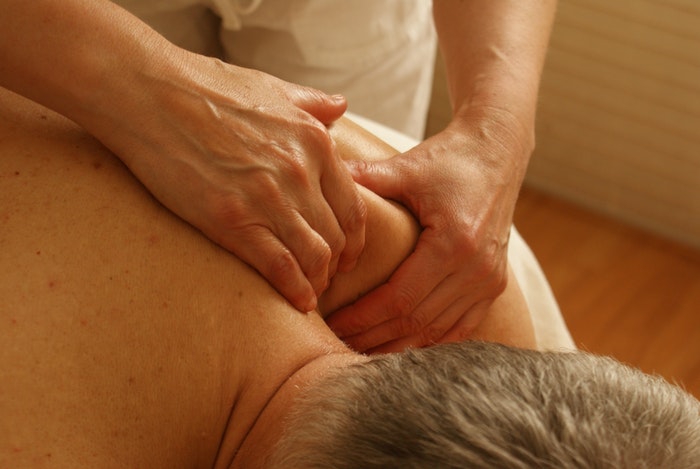

REHAB AFTER SHOULDER SURGERY

There can be debilitating shoulder pain and loss of motion arising from a number of medical conditions such as tendonitis, rotator cuff tear, capsulitis, arthritis, impingement and shoulder or clavicular fractures. Other conditions giving rise to similar pain include bicep lesions, labral tears and instability of the glenohumeral and acromioclavicular joints.
While the primary mode of treatment for most of these conditions is through exercise, anti-inflammatory medications and hydrocortisone injections, surgery is always considered as the last option. Sometimes several months of specific exercises and physiotherapy can help in shoulder stabilization, especially when there is no damage to the labrum, cartilage or bone of the shoulder joint. However, in cases of severe pain due to osteoarthritis, rheumatoid arthritis or traumatic arthritis of the shoulder, surgical intervention is the only option available. Sometimes a partial or complete shoulder arthroplasty (replacement) may be considered.
The treatment modality doesn’t end with surgery only as it has to be followed up with professionally prescribed physical therapy for complete rehabilitation. On a realistic level, however, the patient usually ends up regaining about 70% range of motion, function and strength in the shoulder after proper rehabilitation over a period of time.
While physiotherapy is integral to any treatment involving shoulder surgery, do note that physiotherapy is required both before the surgery (pre-habilitation) and after the surgery (post-habilitation). Pre-habilitation is started about 6 weeks prior to surgery and is meant to keep the shoulder muscles strong, supple and flexible. This increases the rate of recovery post-surgery. Patients who have undergone pre-habilitation end up requiring lesser round-the-clock care after surgery and recover faster.
Since the shoulder is already injured, the exercises are devised not to be too strenuous or inflict further damage to the affected shoulder. They are devised carefully by a professional physiotherapist in conjunction with the surgeon and take away the chances of overuse of the joint during training.
A few days post-surgery, physiotherapy of the arm is initiated while keeping the shoulder immobile. Movement of the shoulder at this point could result in tearing and further damage. Another few days down the line and you can start passive movements to keep the shoulder flexible and supple and aid in the healing process.
After the 5th or 6th week, the shoulder is sufficiently recovered to enable movement without risking damage. You can move the joint at different angles and regain a near optimal range of motion. You can then move onto graduated strength training. By the fourth month onwards, the shoulder is fully recovered and you can participate in sports and regular activities.
Rehabilitation and surgery go hand-in-hand for shoulder treatments.














